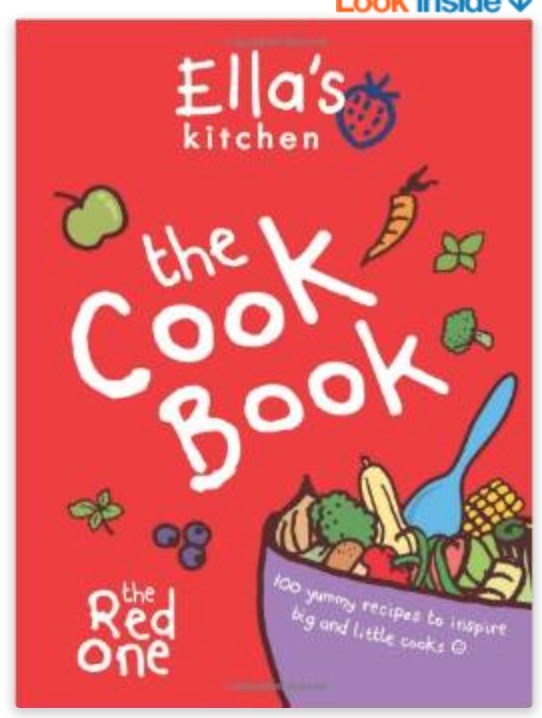Family meals are quickly disappearing from modern American culture. With over-scheduled busy lives, little time or thought is put into what and when families eat.
From increasing social and emotional bonds to preventing obesity, there are so many benefits to family meals. Hopefully these ideas will inspire you to come together as a family at meal time. The benefits are fruitful even when family meals occur only once or twice a week.
The Benefits of Family Meals and Teaching Kids to Cook
1. Increased Conversation
While you are cooking with your child, it is great opportunity to discuss the day, to check in with one another, to extend your child’s spoken language ability. Meal time is also perfect for true, meaningful conversation, assuming all tech gadgets and the television is off. The Family Dinner Project has lots of conversation starters if you find your meals silent. They are even arranged by age.
2. Prevents Obesity
A new study this fall that found family meals are a protective factor against obesity, which is a growing epidemic amongst children in the United States. According to Science Daily:
Family meals may be protective against obesity or overweight because coming together for meals may provide opportunities for emotional connections among family members, the food is more likely to be healthful, and adolescents may be exposed to parental modeling of healthful eating behaviors.
As noted by Dr. Berge, “Informing parents that even having 1 or 2 family meals per week may protect their child from overweight or obesity in young adulthood would be important.”
3. Teaches Important Life Skills
Learning to cook healthy meals is an important life skill. In today’s fast-paced busy life of families, eating meals is often on-the-go and not home-cooked. Even when family meals occur at home, parents are rushed and don’t invite child participation. This can be prevented by using healthy cookbooks for kids to inspire family meals. For tweens and teenagers, you can assign them a night of the week to cook. We have not yet implemented this in our home, but we plan to. I have discussed with my daughter she can look on the internet or in our cookbooks for a recipe, then give me the ingredient list. She loves to cook anyways, and this will free me one evening a week!
We were sent two cookbooks for children that inspired this post. The recipes are all kid-friendly and easy enough for children to make themselves with adult assistance, depending on their age.
- [amazon_link id=”060062675X” target=”_blank” ]Ella’s Kitchen: The Cookbook[/amazon_link]
- [amazon_link id=”0600628442″ target=”_blank” ]Ella’s Kitchen: The Big Baking Book: The Yellow One[/amazon_link]
Both of these cookbooks come from Ella’s Kitchen, makers of organic baby and toddler food. The recipes are super fun and kid-friendly, and they would inspire any family to prepare food and sit down together.
Paul Lindley set up Ella’s Kitchen because he passionately believed that his daughter Ella, along with her generation, should have the opportunity to eat better food and to discover that healthy food can be fun, tasty and cool. His eureka moment came just over ten years ago when he was desperately trying to wean his reluctant daughter.
Ella’s Kitchen try really hard to be good in every sense – not just through the good food they make, but also doing good stuff for the environment, and giving stuff back to local communities. They have done research with parents, little ones, psychologists and supermarkets to understand the very important role that all five of the senses play in developing healthy eating habits that last a lifetime.
I love 10% of profits from Ella’s Kitchen goes to their foundation aiming to help children have access and a positive relationship with healthy food.
There are several recipes I can’t wait to try with my family. They include:
- Creamy coconut rice pudding with chunky mango sauce
- Mmmmoussaka (minus the lamb)
- The Melty One
- Full-of-beans lentil loaf
- Cloudy pear merinque
These cookbooks have great photos of the food, as well as children eating the food. Allowing your children to look through them to find recipes for family meals will ensure success. A family that cooks together will return to this activity even once children are grown and leave home.
When college comes around, kids often do not have the skills to feed themselves in a healthy, affordable manner because they never learned to cook. If they are taught while still in your home, you can influence their choices and inspire them to cook for their friends which will surely impress! Then when they visit you, they can cook for you and share new recipes!
4. Improved nutrition eating. less picky
When children are involved in cooking, they see the ingredients that go into the food. There is no mystery. They don’t wonder what mom might be hiding in that dish. If you have a picky eater, like I myself was and my son is, each new meal can be a cause for hesitation or downright refusal to eat. When children help make food, they are excited to try it. They had a hand in it, especially if they chose the recipe. It’s a similar effect as when children are involved in gardening they are more likely to eat fresh vegetables.
5. Teaches math and reading
There is no better way to learn fractions than by cooking! It is real life math! Cooking also is great for estimation practice. Do you have enough ingredients? Did you make enough? How big a piece of pie do we each get? When children follow along with recipes, they learn to read in a practical manner. I also find my son now reading labels on packaged food! Creating grocery lists is excellent literacy activity, as well as budgeting for a meal. There are so many real life lessons involved in cooking!
[amazon_enhanced asin=”060062675X” /][amazon_enhanced asin=”0600628442″ /]

Leave a Reply